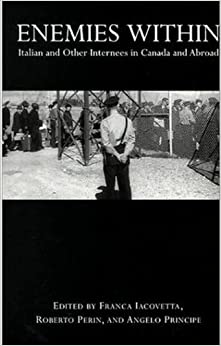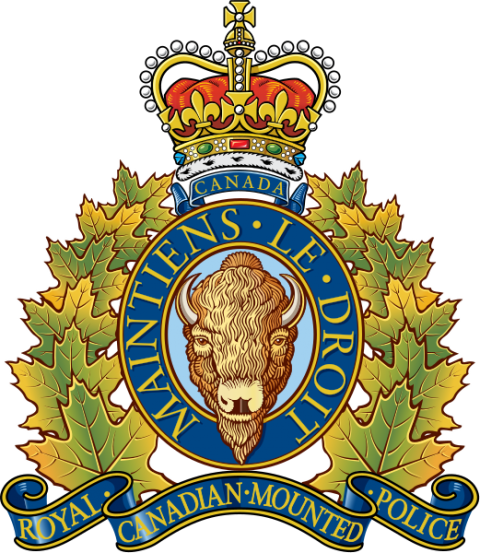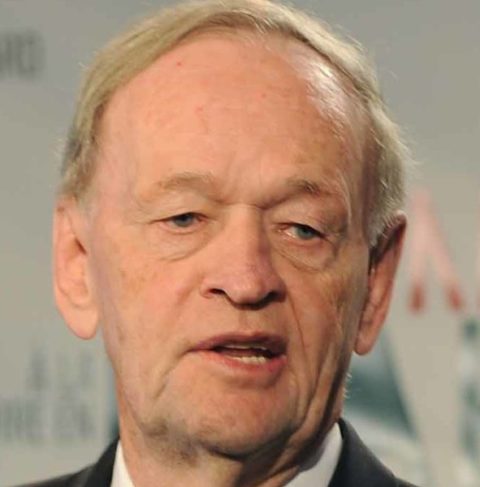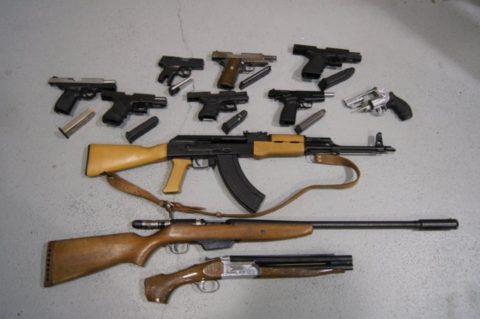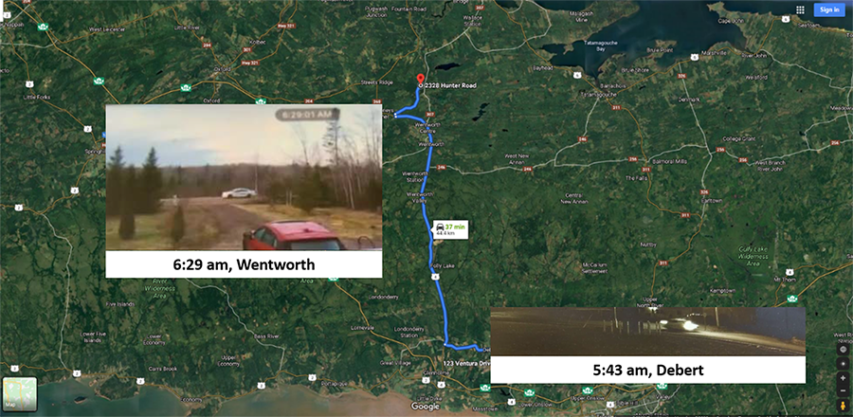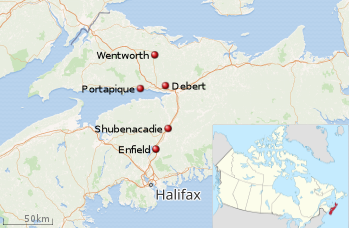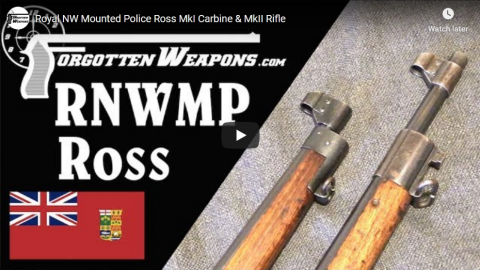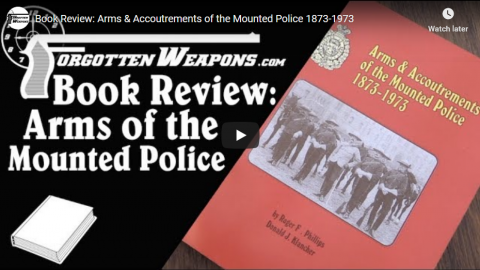As Colby Cosh notes in the latest NP Platformed newsletter, it is hard to reconcile the mythological events the Prime Minister is busy apologizing for with the actual, documented facts of the case as recorded in a book published by three Italian-Canadian academics about 20 years ago:
What they found was that the 500 people, singled out from 112,000 Italian-Canadians by the government in 1940, were scarcely the victims of racial hysteria. They were, in fact, a hardcore fraction of 3,000 or so literal card-carrying Fascists in Canada. They hadn’t been thrown into camps willy-nilly, as Canada’s Japanese would be later; most had Fascist ties and sympathies that had been carefully investigated, abundantly documented and double-checked by the RCMP.
The internees had mostly been members of overtly pro-Fascist “fraternal organizations”, whose loyalty they later protested in the face of the facts. As that young reporter’s review observed, many of those groups reported directly to the Italian government, all were devoted to promoting the idea of Mussolini’s near-godhood and some helped finance Italy’s Fascist (and racist) 1935 invasion of Ethiopia, which annihilated the League of Nations security apparatus and set the table for further fascist aggression in Europe. Although the impugned Italians were detained without trial, none lost their homes or property as Japanese internees later would, and in fact none were held beyond the end of 1942.
That review was just about the only notice Enemies Within received anywhere in the Canadian press. The author, whose alliterative name you can probably guess by now, interviewed (now emeritus) Prof. Perin and was told the book had “fallen into a big black hole”. The revisionist account of Italian-Canadian internment as an out-of-control racial panic directed at anyone whose name ended in a vowel had long since taken hold in Canadian schools, and has never lost its grip.
Today, the prime minister, attentive to his nose for votes, apologized officially in the House of Commons for the “unjustified” detentions. And opposition parties are competing vigorously to out-apologize the apologizer-in-chief. One wonders what our present-day anti-fascists, who favour street beatings for anyone wearing the wrong hat, make of this laborious grieving for honest-to-God anti-Fascist action. As Michael Petrou argued courageously in the Globe and Mail on May 3, we shouldn’t be consecrating a falsehood for the sake of anyone’s political advantage. (And the CBC, to its credit, gives some attention to the historically informed side of the debate.)

